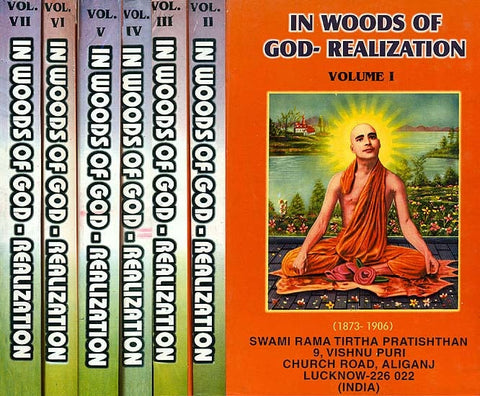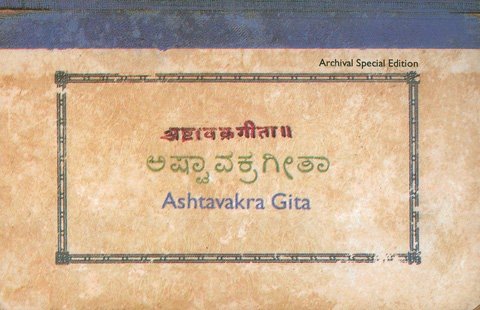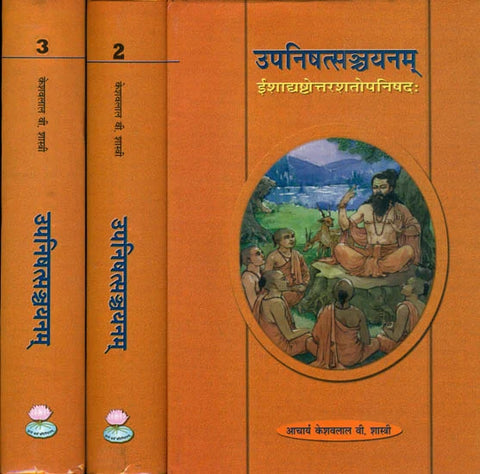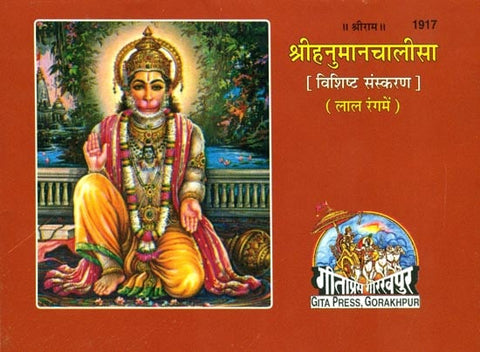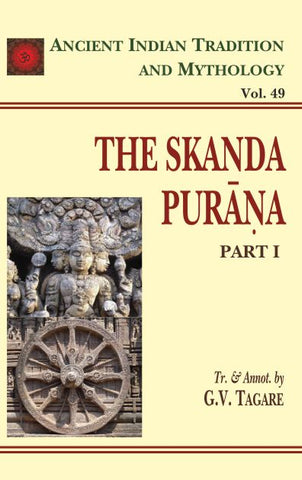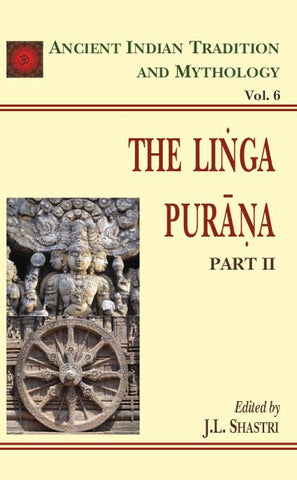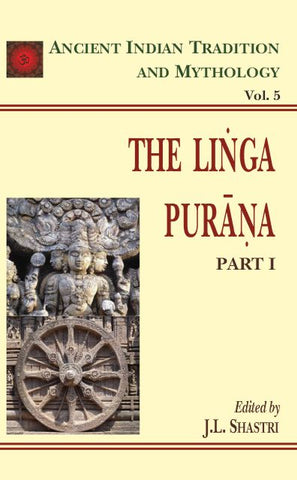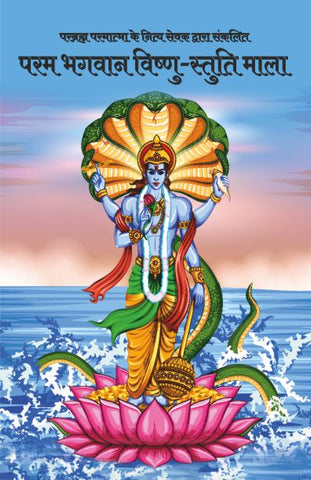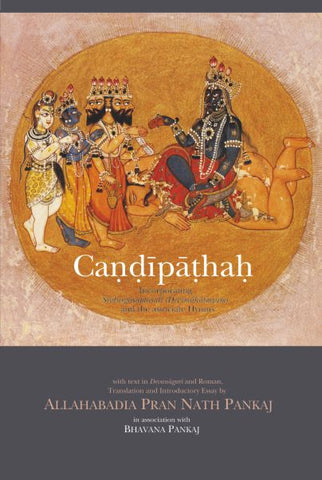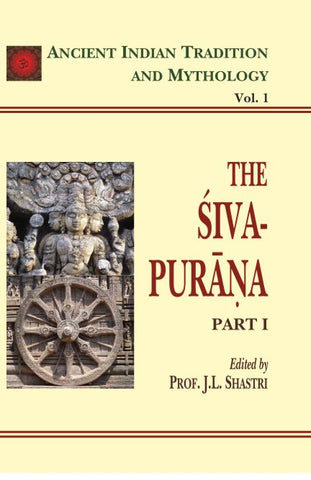Your cart is empty now.
Meetings with Ramakrishna is a dramatic retelling for contemporary Westerners, of a series of encounters with the great Bengali sage Ramakrishna (1836-1886), who proclaimed the oneness of all religions and the worship of the blissful Divine Mother. By turn playful, brilliant, tender and visionary, Ramakrishna offers practical instruction, inspiration and thrilling glimpses into his state of spiritual intoxication as he meets with devotees and visitors in his room beside the holy river Ganges.
Luc HIXON holds joint citizenship in several sacred worlds—Advaita Vedanta, Islamic Sufism, Vajrayana Buddhism, Eastern Orthodox Christianity, and Soto Zen. He received a doctorate in philosophy and religion from Columbia University and is the author of Coming Home: The Experience of Enlightenment in Sacred Traditions and Heart of the Koran.
BY MEETING RAMAKRISHNA, which is possible here and now, we enter a unique realm of experience where the Wisdom Goddess reigns—the one Ramakrishna calls my blissfid Mother. The wonderful nature of this realm cannot be analyzed, yet it describes itself. The present volume contains that mysterious description—not only in words, which are merely instruments, but as the living presence of Ramakrishna Paramahamsa, the Great Swan, the God-intoxicated sage of Bengal. We are peacefully gathered together, beyond the reach of philosophy or theology, here in the sage's room at the Dakshineswar Temple Garden beside the sacred river Ganges. Joyfully we contemplate and participate in his adventuresome life and animated conversations. The details are concrete, cultural, earthly. Yet they achieve the impossible—they transmit the experience of supreme Reality.
The pages of this book, as well as the actual, historical conversations and events that they depict, are part of a timeless current that embodied itself in India from 1836 to 1886 as Ramakrishna Paramahamsa. Whatever our background may be, we can swim in this refreshing, surprising current of love and wisdom to be awakened and renewed.
This is not a conventional biography but a workbook. Ramakrishna comes along with these pages—to work side by side with us, clarifying our general understanding of religion as well as initiating or intensifying our particular experience of the mystic path. Ramakrishna laughs and weeps with us. He leads us into ecstasy. This workbook will be useful to every seeker of Truth along every way, because the Paramahamsa accepts Ali Preface and merges with every authentic sacred tradition. The atmosphere that surrounds the sage is intensely Indian, completely non-European, yet Ramakrishna mysteriously provides a master key that opens all cultures and all hearts.
The author must now step aside, as he attempts to do throughout these conversations and existential encounters, allowing Ramakrishna himself to describe the path and to invoke the Truth with great humor and with palpable initiatory power. This book is not invention, but simply the original diamond, placed in a new linguistic setting for the global civilization of the twenty-first century.
RAMAKRISHNA The sensitive mother presents various preparations of fish to her hungry children—plain and bland or rich and spicy, depending on their tastes and their powers of digestion. Just so, the Mother of the Universe reveals various spiritual practices. This child enjoys every one of Her delicious dishes without exception. Whether you follow the ideal of the Personal God or the impersonal Truth, you will certainly realize the One Reality, provided that you experience profound longing. The same cake tastes sweet from every direction.
Place your devotion whole-heartedly at the service of the ideal most natural to your being, but know with unwavering certainty that all spiritual ideals are expressions of the same supreme Presence. Do not allow the slightest trace of malice to enter your mind toward any manifestation of God or toward any practitioner who attempts to live in harmony with that Divine Manifestation. Kali, Krishna, Buddha, Christ, Allah—these are all full expressions of the same indivisible Consciousness and Bliss. These are revelatory initiatives of Divine Reality, not manmade notions. Blessed is the soul who has known that all is one, that all jackals howl essentially alike.
The ecstatic lover has burning faith in every Divine Manifestation—as formless Radiance, as various Forms or Attributes, as Divine Incarnations like Rama and Krishna, and as the Goddess of Wisdom, who is beyond form and formlessness, containing both in Her mystic Womb. Meet as many adepts from various paths as you can. Love these persons, receive their initiations, and passionately practice their disciplines. But enter your own inner chamber of primordial awareness to enjoy selfless peace and delight. Everyone will attain God-consciousness and be liberated. Some receive their meal early in the morning, others at noon, still others not until evening. But none will go hungry. Without any exception, all living beings will eventually know their own true nature to be timeless awareness.
Ramakrishna is the parantahamsa, or Great Swan, who can separate out the milk of Truth which has become diluted by the water of personal and cultural habits, opinions, and conventions. As the blissful sage proclaims: "Some persons have heard about milk, others have seen milk, while others have actually tasted milk. Still others can drink milk whenever they wish and can offer it freely to humankind." May we ascend together through these four levels of maturity, described so simply by the God-intoxicated child of Bengal.
An EYEWITNESS TO the teaching of Ramakrishna reports that his linguistic style was unique, even to those who spoke Bengali. It was not literally translatable into English or any other language. The ecstatic sage communicated in terse, aphoristic phrases, containing only three or four words each—phrases with minimal grammatical or logical structure. Yet these inspired utterances of the Master were rich with meaning. Swami Vivekananda, the successor of Ramakrishna and the transmitter of his universal message, maintained that he could expand for three days upon even a single phrase.
Adding to the difficulty of translation, Ramakrishna Paramahamsa spoke a colorful village Bengali, replete with obscure local words and idioms. He also interspersed his teachings with technical Sanskrit terms from various strands of Hindu yoga and philosophy. He made extensive references as well to the complex realm of sacred history, as recorded by the Vedas, Puranas, and Tantras.
The only option in the face of this linguistic situation is to paraphrase the utterances of Ramakrishna, adding selective commentary and explication of the various contexts of meaning through which the sage moved so freely, rapidly, and unpredictably. He never presented a general philosophy or theology, but only specific teachings for specific individuals at specific points in their development. His conversations consisted of quanrum leaps between the apparently inexhaustible variety of his ecstatic moods. The term ecstasy, used so frequently in this text, carries itsetymological meaning ex-stasis, "standing outside"--beyond the habitual, conventional categories of thought and perception called self and world. Ramakrishna's life was a constant exploration and expression of various levels and dimensions of ecstasy.
The attempt to approximate Ramakrishna's oral transmission in literary form began with the original Kathamrita of Mahendranath Gupta, a beloved disciple of the Master who was expressly chosen for this function. Ramakrishna informed Mahendra, who was trained in the literatures of East and West, that the Divine Mother had granted this young headmaster of a school in Calcutta certain special powers in order to transmit Her Wisdom, flowing so abundantly through the Paramahamsa. Some years before Mahendra encountered Ramakrishna, he began the discipline of daily journal keeping, sharpening his memory, his powers of observation, his gift for verbal expression. The Paramahamsa used to review key points with Mahendra, requesting the young scholar to repeat certain teaching-stories and correcting him on subtle shades of interpretation. For example, Ramakrishna asked Mahendra whether he thought his master was completely egoless. Mahendra replied: "Sir, you purposely keep a trace of ego so that you can enjoy the company and conversation of the lovers of God." Ramakrishna corrected him: "No. It is Divine Mother alone who keeps this provisional ego in me." Mahendra was trained and prepared on many levels to write his Kathamrita, or Ocean of Nectar, as he entitled this multivolume diary of encounters and conversations with Rarnalcrishna which he personally witnessed. According to Sarada Devi, Ramakrishna's wife and spiritual consort, the Kathamrita genuinely reflects the atmosphere and content of the Paramahamsa's teaching. But it is only a reflection, a translation into literary Bengali of condensed and often enigmatic phrases which were not delivered in a linear manner but depended for their meaning and emotional impact on the Master's subtle gestures and powerful spiritual presence. Mahendra had to provide certain logical links and contextual descriptions—including the appearance of the Paramahamsa, the nature of his ecstasy, the atmosphere of the Temple Garden, the mood of the visitors. This task the author of the Kathamrita, who refers to himself humbly as M, performed with beauty and subtlety. This root text of Ramakrishna's oral teaching is not a dry stenographic report but a contemplative reconstruction by a sensitive eyewitness.
Contents and Sample Pages






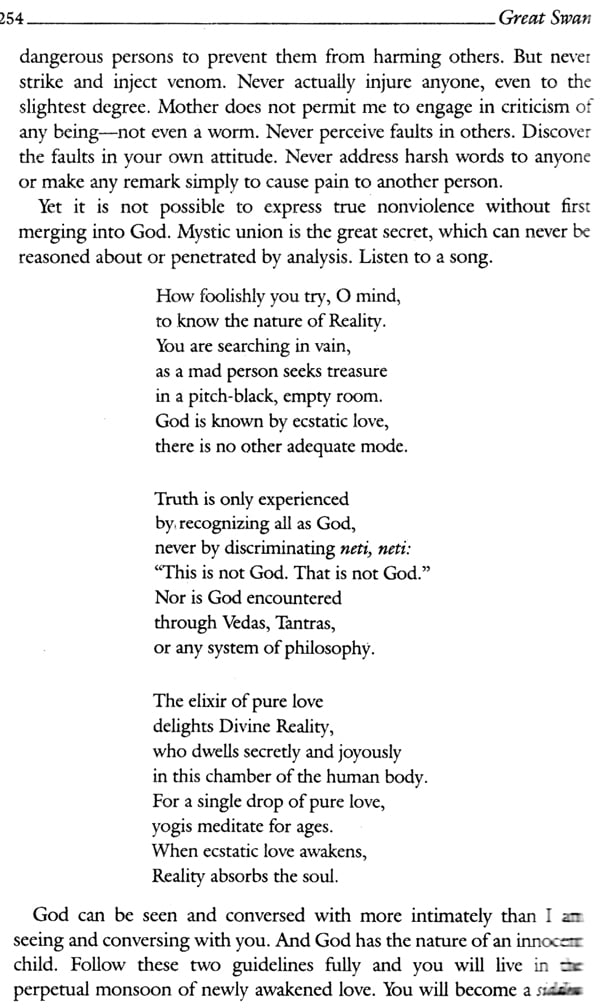

Delivery and Shipping Policy
- INTERNATIONAL SHIPPING
- Rs.1000-1100/kg
- ESTD. Delivery Time: 2-3 weeks (depending on location)
- Bubble Wrapped with Extra Padding
- NATIONAL SHIPPING
- NCR: Rs. 30/half kg
- Standard: Rs. 80/half kg
- Express shipments also available on Request
- ESTD. Delivery Time: Ranging from 1-4 days up to 7 business days (Depending on your choice of Delivery)
- TRACKING
- All orders; national or international, will be provided with a Tracking ID to check the status of their respective orders
- Depending on the Shipping Service, Tracking ID may be used on their respective tracking portals
Frequently Asked Questions (FAQs)
Domestic Shipping: 3-4 Days (after shipping)
International Shipping: 1-2 weeks (based on your location)
You will receive an email once your order has been shipped or you can email us if you didn't receive tracking details (info@mlbd.co.in)
Every book that we sell is the latest edition except all the rare books
Yes, we do provide free shipping, only on domestic orders (within India) above Rs.1500


